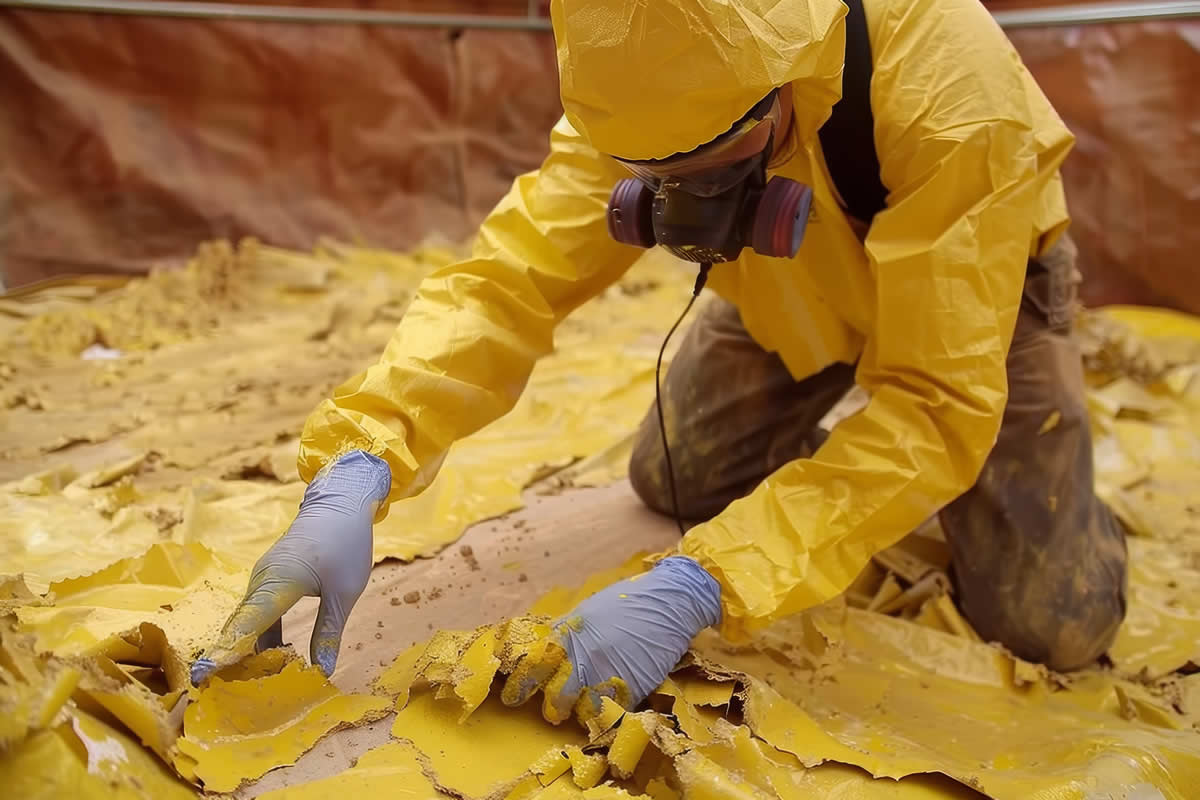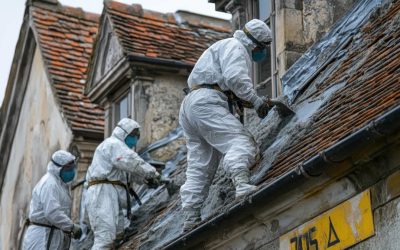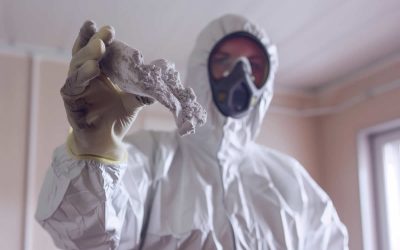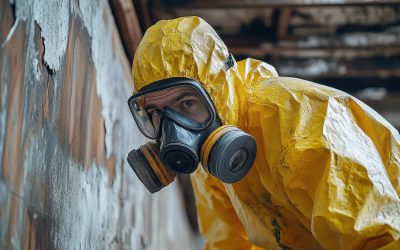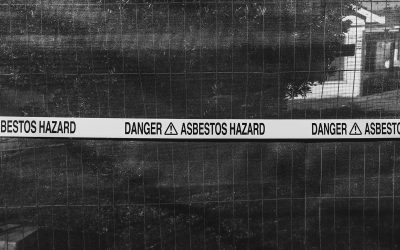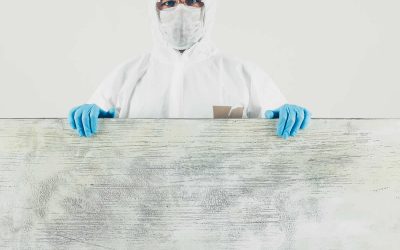If you’ve ever moved into an older house, you might have looked up at the ceiling and spotted that familiar swirly, patterned surface — Artex. And if you’ve done a bit of digging, you might have heard that some older Artex can contain asbestos. Which brings you to the big question: can you plaster over Artex if it’s got asbestos in it?
The short answer is: yes, you can. But the longer answer is: you need to be very careful about how you do it, and sometimes it’s better to leave it to the professionals.
Let’s go through it properly. We’ll look at what Artex actually is, why asbestos was used in it, whether you should plaster over it, and how to do it safely.
What Is Artex?
Artex is a type of decorative coating. It was mostly used on ceilings, though sometimes you’ll see it on walls too. It became popular in the 1960s, 70s, and 80s because it was cheap, easy to apply, and it could cover up uneven surfaces without much effort.
People loved Artex because it let you create patterns and textures with very little skill. Instead of perfectly plastering a smooth ceiling (which takes years to master), you could spread Artex on, swirl it about a bit, and it would look intentional.
You’d see patterns like stipples, swirls, fans — the kind of textured ceiling that everyone now seems desperate to cover up or remove.
Why Did Artex Contain Asbestos?
Back when Artex was first made, asbestos was added to lots of building products. It made them stronger, longer-lasting, and more resistant to heat and fire.
In the case of Artex, adding a bit of asbestos made the coating more flexible and less likely to crack. It also meant it was safer in case of fire, because asbestos doesn’t burn easily.
Up until the mid-1980s, asbestos was a common ingredient in Artex and other textured coatings. It wasn’t until much later that people realised how dangerous asbestos fibres could be if they were disturbed and inhaled.
By 1999, asbestos was banned in the UK. But homes built or decorated before then — even some in the late 90s — could still have asbestos-containing materials, including Artex.
How Do You Know If Your Artex Has Asbestos?
Here’s the tricky part: you can’t tell just by looking. Some Artex has asbestos; some doesn’t. There’s no obvious visual difference between the two.
If your house was built before 2000, there’s always a chance the Artex could contain asbestos. The only way to know for sure is to get it tested.
Professional asbestos surveyors can take a small sample, send it to a lab, and find out if asbestos fibres are present. It’s a fairly quick process, and it gives you peace of mind before you start any work.
Is It Safe to Plaster Over Artex With Asbestos?
In many cases, yes, it is safe to plaster over Artex that contains asbestos — but only if the Artex is in good condition.
If the textured surface is intact, not flaking, cracked, or damaged, it can often be left alone and skimmed over with plaster. By doing that, you seal the asbestos in, locking it beneath a fresh, smooth layer. That prevents fibres from becoming airborne and keeps everyone safe.
But if the Artex is damaged — if bits are falling off, or there are cracks and holes — then plastering over it might not be safe. Disturbing damaged asbestos can release fibres into the air, which you really don’t want to happen.
In that case, you’ll probably need a professional asbestos removal contractor to deal with it properly.
What’s the Right Way to Plaster Over Asbestos Artex?
If you’re confident the Artex is in good condition and a survey has confirmed it contains asbestos, there’s a process to follow.
First, you need to prepare the surface carefully. You don’t want to sand it or scrape it down, because that could release fibres. Instead, you gently brush off any loose dust (if there is any), taking care not to damage the surface.
Then, you apply a bonding agent or a coat of PVA glue mixed with water. This helps the new plaster stick to the Artex properly.
Once the surface is ready, you skim over it with a thin layer of plaster. Usually, you’ll do two coats — the first to cover the texture, the second to smooth everything out.
Throughout the process, it’s important to keep dust to an absolute minimum.
- Use minimal force.
- No dry sanding.
- No drilling.
If you need to lightly sand once the plaster is dry, you do it very carefully, and ideally use a sander with a vacuum attachment to catch any dust.
Should You Plaster Over Artex Yourself?
Honestly, unless you’re a very confident DIY-er and you’re absolutely sure the Artex isn’t damaged, it’s usually better to get a professional involved.
Even if the Artex doesn’t contain asbestos, working with textured surfaces can be tricky. Plastering over bumps and swirls needs a good bit of skill if you want a flat, neat finish.
And if asbestos is present, a professional will know how to work safely, using the right techniques and protective measures to keep the risk as low as possible.
It’s not worth risking your health or your home’s safety for the sake of saving a bit of money.
What If You Just Leave It Alone?
In many cases, if the Artex is in good condition, you don’t have to do anything at all. It’s perfectly legal — and often safer — to leave asbestos-containing materials where they are.
If you’re not planning major renovations, and you don’t mind the textured look (or if you’re happy to paint over it), you can just leave it in place.
The danger comes when asbestos materials are disturbed. If they’re sealed in, intact, and not breaking apart, they pose very little risk.
That said, lots of people prefer to plaster over Artex for aesthetic reasons. A smooth ceiling looks cleaner, more modern, and it’s easier to decorate.
What Are the Risks If You Get It Wrong?
If you disturb asbestos-containing Artex without proper precautions, you could release tiny fibres into the air.
Breathing in asbestos fibres doesn’t cause immediate symptoms. But over time, those fibres can lead to serious illnesses like asbestosis, mesothelioma, and lung cancer.
There’s no safe level of asbestos exposure. Even small amounts can be harmful if you’re exposed repeatedly.
That’s why it’s so important to know what you’re dealing with before you start scraping, sanding, or plastering.
How Much Does It Cost to Get Help?
Getting a professional asbestos survey for Artex usually costs between £100 and £300, depending on your location and how many samples you need testing.
If you need professional plastering over asbestos Artex, you might pay anywhere from £300 to £800 for an average-sized room.
Full asbestos removal can cost quite a bit more, starting at around £800 and going up to several thousand pounds for larger or more complex jobs.
While it might seem like a lot, it’s worth it for the peace of mind and the protection of your health.
Final Thoughts
So, can you plaster over Artex that contains asbestos? Yes, you can — but you need to approach it carefully.
Here’s the key takeaway. If the Artex is intact and undamaged, and you use the right methods, you can skim straight over it safely. If it’s damaged, or if you’re unsure, it’s better to get expert advice first.
Always test for asbestos if there’s any doubt. Always handle materials gently. Always think about your long-term health over short-term convenience.
You only get one set of lungs. It’s worth looking after them.
Are you looking for Asbestos Removal in Cumbria? If so, contact us now!
Asbestos Removal Canonbury – Asbestos Removal Clapton – Asbestos Removal North Wembley
